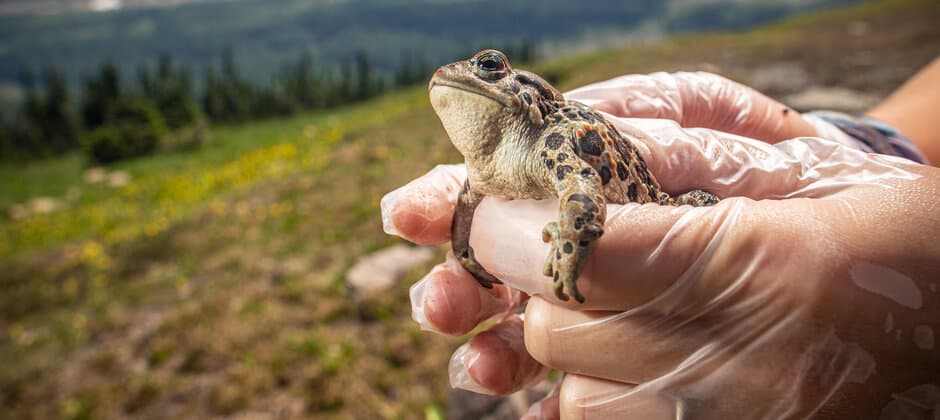Share this article
Mapping global threats of biodiversity
Pulling together information on threatened and endangered wildlife, researchers were able to predict which taxa and geographic areas are more likely to face certain threats. This can give conservationists a baseline of where and how to start conservation efforts.
While there are some threats researchers can easily track with satellite data, like deforestation or habitat loss, determining where other challenges like overharvesting or invasive species are present and how they impact wildlife is a bit more difficult. Given that there are so many species threatened by those things, you would have to scale up field monitoring massively, which is expensive and requires resources,” said Piero Visconti, a senior research scholar at the International Institute for Applied Systems Analysis. “There’s yet no database available.”
So he and his colleagues created a model to predict the likelihood of threats for different taxa and areas based on IUCN data. They published a paper, led by Michael Harfoot, with the UN Environment Programme World Conservation Monitoring Centre, on their findings in Nature Ecology and Evolution.
To conduct the research, they gathered information on vertebrate species classified as near threatened, vulnerable or critically endangered by the IUCN throughout the world. Then, they categorized threats impacting those species including agriculture, hunting and trapping, logging, pollution, invasive species and climate change.
Their model showed them that some taxa were more likely to face certain threats than others. For the three taxa combined, agriculture posed the greatest threat. That was also true for amphibians in particular, although deadly chytrid fungal diseases were also a major concern, especially in Europe and Madagascar. “Another big driver was pollution for amphibians,” said Visconti, a co-author of the study. Birds and mammals were more affected by hunting and trapping.
But where these animals are found was also important when it came to determining the biggest threats. Overall, hunting and trapping issues were the most geographically widespread issue impacting mammals and birds.
In Europe, amphibians stood out as having the highest impact from agriculture, invasive species and pollution. Birds in Arctic regions were more likely to be threatened by climate change. Climate change also appeared to be a problem for mammals in tropical regions.
After mapping all of the conservation risks, a few places such as Sumatra, Borneo and Madagascar stood out as having all six threats prevalent in all taxa. The Himalayas, Southeast Asia, the east coast of Australia, Madagascar, East Africa and others also appeared to be hot spots for biodiversity loss.
But Visconti said the maps aren’t a silver bullet in helping conservationists know what to do to help species. “Ideally, you need to go there and look,” he said. “It’s labor intensive and costly, but there is no way around this. While it’s like looking for a needle in a massive haystack, this model reduces the haystack a bit.”
Visconti hopes the research, while taken with a grain of salt, can be used during IUCN consulting for specific species conservation. “Volunteer experts that know a lot about a given taxonomic group regularly meet together to assess species extinction risk,” he said. “If they have this information to take into consideration, they can look at what is pushing, toward or away from extinction.”
Header Image: Amphibians like this western toad (Anaxyrus boreas) can contract chytrid fungal disease. Researchers looking at biodiversity threats worldwide found chytrid is a major threat to amphibians, especially in Europe and Madagascar. Credit: Glacier NPS








